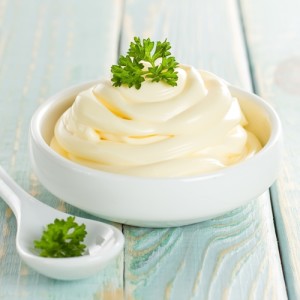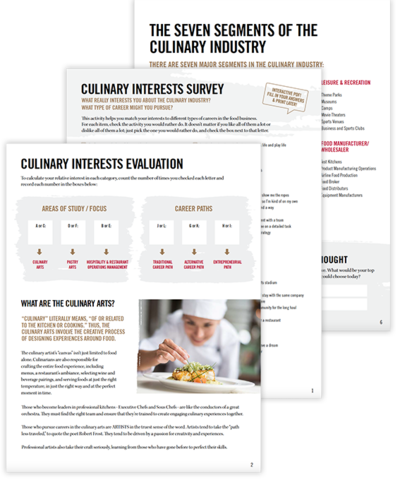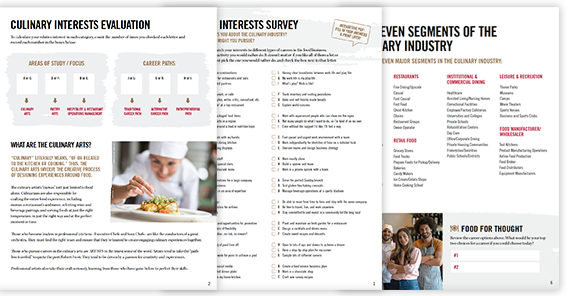Simple Tips For Making Mayonnaise or Aioli

If you are interested in taking culinary courses online, an important step is understanding how to stir up some basic sauces and condiments. Mayonnaise and aioli are two closely related sauces that will both teach you essential skills and serve in many dishes.
Mayonnaise is likely the more familiar of the two, given its presence on countless sandwiches and use as a base for many other sauces. Aioli may be less common, but it serves well for shellfish, boiled eggs, fish soups or vegetable crudite, among other applications.
Aioli is similar to mayonnaise in many ways. Both are emulsions, meaning they are suspensions of elements that resist mixing, and they involve several of the same ingredients. Indeed, many cooks refer to any flavored mayonnaise as an aioli. However, there are notable differences, particularly in the use of garlic for an aioli. Read on for tips on how to make both sauces:
Mayonnaise
Measure out cup of olive or vegetable oil and set it aside.
Whisk together a large egg yolk, half a teaspoon Dijon mustard and a teaspoon of salt in a bowl. If you have a food processor, you can use it to blend the ingredients, but purists swear by the importance of mixing by hand. Alton Brown recommended using dry mustard and including two pinches of sugar, which both adds a little sweetness and helps to break up the oil as you pour it in.
Mix 2 teaspoons lemon juice and 1 tablespoon white wine or cider vinegar in a separate bowl. Whisk half of the resulting mixture in with the yolk.
Begin very slowly dripping the oil into the bowl as you continuously whisk. It is very important you take your time to keep the oil from separating out. Watch for the liquid to instead begin to thicken and appear lighter, which means it is emulsifying.
When you have poured in about half the oil, or if it looks like the oil is not being properly incorporated into the emulsion, add the rest of the lemon juice and vinegar. Then continue slowly pouring in the oil and whisking until you have incorporated all the oil.
Now you have about 1 cup of mayonnaise. Add salt and, if you like, a little white pepper to taste. Cover the mayonnaise and chill it in the refrigerator until ready for use.
Aioli
The most important difference between aioli and mayonnaise comes at the beginning of the process: You start by mincing and mashing 2 or 3 cloves of garlic.Traditional preparation calls for reducing the garlic and a pinch of Kosher salt to a paste using a mortar and pestle. Again, you may use a food processor if you like and spare your arms, at the risk of having less control over the final product.
In a bowl, whisk the garlic paste together with 2 egg yolks, 1 tablespoon lemon juice and 1 teaspoon Dijon mustard.
For the best flavor, you will want to use cup of a neutral oil, like vegetable, canola or pure olive oil, and a cup of extra-virgin olive oil. Using only extra-virgin olive oil will result in the olive taste overpowering all the other ingredients.
Whisk continuously as you slowly and steadily pour in the oil. Pour the neutral oil first, and then the extra-virgin olive oil. Watch for the sauce to thicken. If you like, you can add additional seasoning. In a recipe on Bon Appetit, Chef Suzanne Goin suggested adding a pinch of cayenne pepper, along with additional lemon juice, salt and pepper to taste.
You have prepared 1 cup of aioli, which you can either use immediately or refrigerate for up to 1 week.
Online Culinary School Planner & Checklist
Online Culinary School Planner & Checklist
Find out what a culinary education can do for you.

What might a career in the culinary or pastry arts look like for you? Online culinary school is a fast, affordable way to launch a career in the culinary or pastry arts. Get the workbook to see how it could help you.







Recent Comments